Ragdoll cats are a popular breed known for their sweet and gentle temperament, as well as their large, muscular bodies. With their striking blue eyes and luxuriously soft fur, Ragdolls have captured the hearts of cat lovers all over the world. Originating from California in the 1960s, these remarkable feline companions have become one of the most sought-after breeds in the pet market. In this comprehensive guide, we will delve into the world of Ragdoll cats, exploring their unique characteristics, history, physical appearance, temperament, and care requirements. We will also provide insights into the price range of Ragdoll cats in Vietnam and compare them with other breeds. By the end of this article, you will have a better understanding of whether a Ragdoll cat is the right pet for you.
Characteristics of Ragdoll Cats
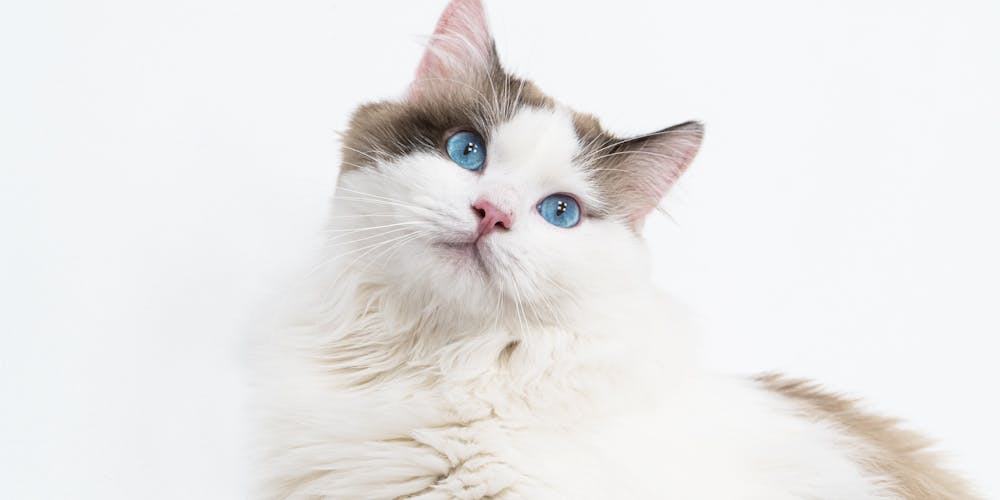
Ragdoll cats are renowned for several distinctive traits that set them apart from other breeds. Here are some of their notable characteristics:
Gentle and Affectionate
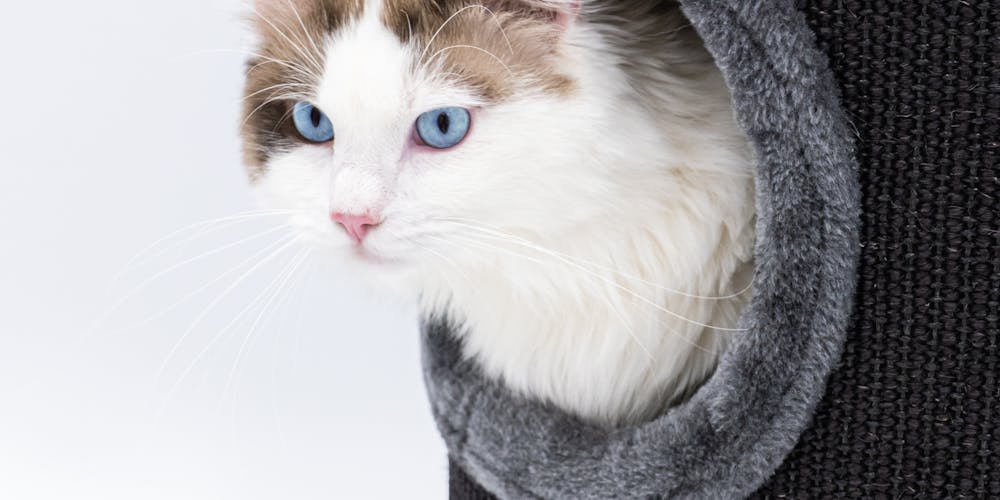
One of the most well-known characteristics of Ragdoll cats is their gentle and affectionate nature. They are known for being exceptionally loving and enjoy being held and cuddled by their owners. This trait makes them ideal pets for families with children or individuals looking for a companion who loves to snuggle.
Ragdolls are also known for forming strong bonds with their owners. They are loyal and devoted, often following their owners around the house and seeking attention and affection. This makes them perfect for people who want a cat that will always be by their side.
Muscular Bodies

Another defining characteristic of Ragdoll cats is their large, muscular bodies. They have a sturdy and robust appearance, with males weighing between 15-20 pounds and females ranging from 10-15 pounds. This muscular frame gives them a powerful and athletic look, despite their docile nature.
The muscular build of Ragdoll cats also makes them excellent jumpers and climbers. They are known for their agility and can often be found perched on high surfaces, observing their surroundings.
Striking Blue Eyes

One of the most striking features of Ragdoll cats is their captivating blue eyes. Their eyes can range from a deep sapphire to a mesmerizing aqua shade, adding to their overall charm and beauty. This unique eye color is a result of the breed's Siamese ancestry, as Ragdolls were originally bred from a mix of Persian, Birman, and Siamese cats.
In addition to their stunning appearance, Ragdoll cats' blue eyes are also known to be expressive and communicative. They use their eyes to convey emotions and communicate with their owners, making them even more endearing.
Price of Ragdoll Cats in Vietnam

Ragdoll cats are a relatively rare breed in Vietnam, which means they come at a higher price compared to other breeds. The average cost of a Ragdoll cat in Vietnam ranges from 10-15 million VND (approximately $430-$650 USD). However, the price can vary depending on factors such as age, gender, and pedigree.
Here is a breakdown of the average price range for Ragdoll cats in Vietnam:
| Age | Gender | Price Range (in VND) |
|---|---|---|
| Kitten (2-4 months) | Male | 10-12 million |
| Kitten (2-4 months) | Female | 12-15 million |
| Adult (1-3 years) | Male | 8-10 million |
| Adult (1-3 years) | Female | 10-12 million |
It is worth noting that these prices are for purebred Ragdoll cats from reputable breeders. If you are looking to adopt a Ragdoll cat from a shelter or rescue organization, the cost may be significantly lower.
History of the Ragdoll Cat Breed
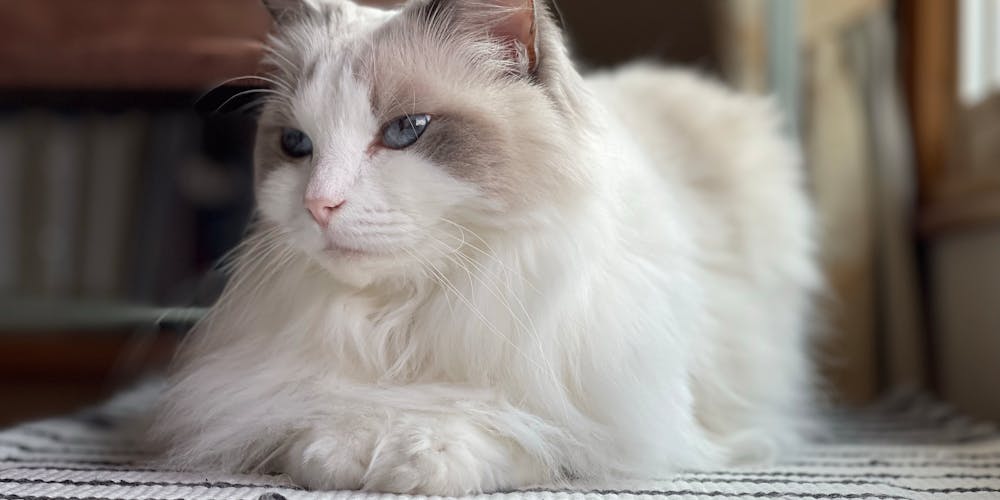
The history of the Ragdoll cat breed is a fascinating one. It all began in Riverside, California, in the 1960s when a woman named Ann Baker noticed a unique cat with striking blue eyes and a docile nature roaming around her neighborhood. She named the cat Josephine and took her in as a pet.
Josephine had several litters of kittens, all of which shared her gentle and affectionate temperament. Baker believed that Josephine's offspring possessed special qualities and began breeding them to create a new breed of cats. She called them "Ragdolls" because they would often go limp and relaxed when picked up, just like a ragdoll.
Baker was very secretive about her breeding methods and only allowed a select few breeders to work with her cats. This exclusivity led to some controversy and disagreements within the Ragdoll community, resulting in the formation of two different Ragdoll cat associations: the International Ragdoll Cat Association (IRCA) and the Ragdoll Fanciers Club International (RFCI).
Today, the Ragdoll cat breed is recognized by major cat registries such as The International Cat Association (TICA), the Cat Fanciers' Association (CFA), and the American Cat Fanciers Association (ACFA).
Physical Appearance of Ragdoll Cats
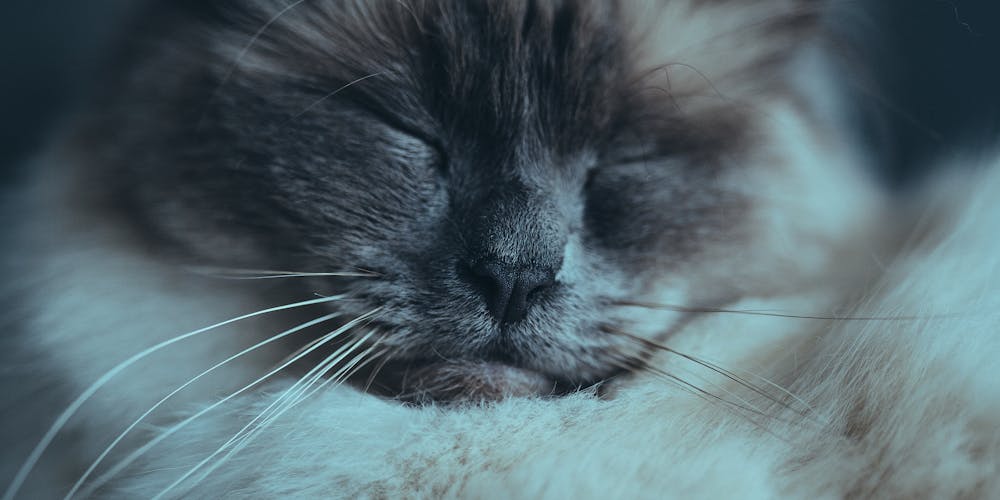
Ragdoll cats are known for their large, muscular bodies, which give them a sturdy and robust appearance. They have a broad chest, strong legs, and a long, fluffy tail. Their coat is medium to long in length, with a soft and silky texture. Ragdolls come in six different colors: seal, blue, chocolate, lilac, red, and cream. They can also have three different patterns: colorpoint, mitted, and bicolor.
One of the most distinctive features of Ragdoll cats is their pointed pattern, which means their face, ears, legs, and tail are a darker color than the rest of their body. This pattern is a result of their Siamese ancestry.
Ragdoll cats also have a unique trait called "floppy" or "relaxed" genes, which make them go limp and relaxed when picked up or held. This trait is not present in all Ragdolls, but it is more common in this breed compared to others.
Temperament of Ragdoll Cats

The gentle and affectionate nature of Ragdoll cats has already been mentioned, but there are other aspects of their temperament that make them stand out as well. Here are some key traits of Ragdoll cats' personalities:
Docile and Laid-Back
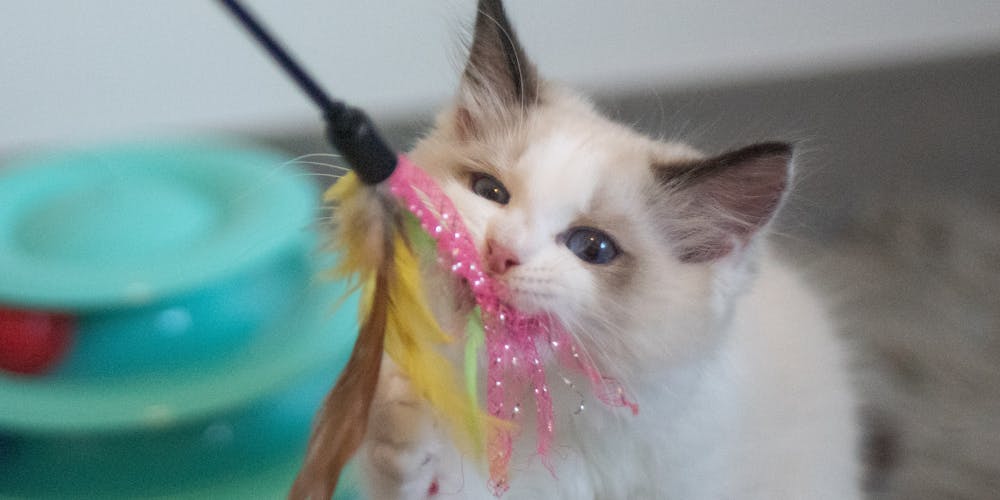
Ragdoll cats are known for their docile and laid-back nature. They are not as active or energetic as some other breeds, preferring to lounge around and relax most of the time. This makes them ideal pets for people who live in apartments or have a busy lifestyle.
Their calm demeanor also makes them great companions for seniors or individuals looking for a low-maintenance pet.
Sociable and Friendly

Ragdoll cats are highly sociable and thrive on human interaction. They enjoy being around people and will often follow their owners around the house. They are also known for getting along well with children and other pets, making them an excellent addition to families.
However, it is essential to note that Ragdoll cats can become lonely and develop behavioral issues if left alone for extended periods. If you work long hours or travel frequently, it may be best to consider adopting two Ragdoll cats so they can keep each other company.
Playful and Intelligent

Despite their laid-back nature, Ragdoll cats are still playful and intelligent animals. They enjoy interactive playtime with their owners and can be trained to do tricks and respond to commands. They are also known for their problem-solving skills and can figure out how to open doors or cabinets if they want to.
Care and Maintenance of Ragdoll Cats

Ragdoll cats have a medium to long coat that requires regular grooming to keep it healthy and free from tangles. Here are some tips for taking care of your Ragdoll cat's coat:
- Brush your cat's coat at least twice a week to remove any loose fur and prevent matting.
- Use a metal comb to gently detangle any knots or mats in your cat's fur.
- Bathe your Ragdoll cat once every 4-6 weeks using a gentle cat shampoo.
- Trim your cat's nails regularly to prevent them from becoming too long and causing discomfort.
- Clean your cat's ears once a week to prevent wax buildup and potential infections.
In addition to grooming, Ragdoll cats also require a balanced diet and regular exercise to maintain their health. It is essential to feed them high-quality cat food and monitor their portions to prevent obesity, as Ragdolls are prone to weight gain.
Health Concerns for Ragdoll Cats

Like all purebred cats, Ragdolls are susceptible to certain health issues. However, with proper care and regular vet check-ups, these health concerns can be managed effectively. Some common health problems seen in Ragdoll cats include:
- Hypertrophic Cardiomyopathy (HCM): This is a heart condition that affects the muscles of the heart, making it difficult for the heart to pump blood effectively. Ragdoll cats are genetically predisposed to HCM, so it is crucial to have them screened regularly by a veterinarian.
- Feline Lower Urinary Tract Disease (FLUTD): This is a common urinary tract disorder that can cause discomfort and pain for cats. Ragdoll cats are more prone to FLUTD due to their large size and sedentary lifestyle. Feeding them a high-quality diet and providing plenty of fresh water can help prevent this condition.
- Dental Issues: Ragdoll cats are prone to dental problems such as periodontal disease, which can lead to tooth loss and other health issues. Regular brushing of your cat's teeth and providing dental treats can help maintain their oral health.
Ragdoll Cats vs. Other Cat Breeds

While Ragdoll cats have many unique and desirable traits, they may not be the right fit for everyone. Here is a comparison of Ragdoll cats with two other popular breeds: Siamese and Persian cats.
Ragdoll vs. Siamese Cats
Ragdoll and Siamese cats share a common ancestor, which is why they have similar physical characteristics such as pointed patterns and blue eyes. However, there are some significant differences between these two breeds:
- Temperament: While both breeds are known for being affectionate, Ragdoll cats are more laid-back and docile compared to the energetic and vocal Siamese cats.
- Size: Ragdoll cats are larger and heavier than Siamese cats, with males weighing up to 20 pounds and females ranging from 10-15 pounds.
- Coat: Siamese cats have a short, sleek coat, while Ragdoll cats have a medium to long coat that requires more grooming.
- Price: Siamese cats are generally less expensive than Ragdoll cats, with an average cost of 5-8 million VND (approximately $215-$345 USD) in Vietnam.
Ragdoll vs. Persian Cats
Persian cats are another popular breed that shares some similarities with Ragdolls, such as their luxurious coat and gentle nature. Here are some key differences between these two breeds:
- Coat: Persian cats have a long, thick coat that requires daily grooming to prevent matting and tangles. Ragdoll cats also have a long coat, but it is not as high maintenance as the Persian's.
- Size: Ragdoll cats are larger and more muscular than Persian cats, with males weighing up to 20 pounds and females ranging from 10-15 pounds. Persians are smaller and more delicate, with males weighing around 8-12 pounds and females ranging from 6-9 pounds.
- Health: Persian cats are prone to respiratory issues due to their flat faces, while Ragdoll cats do not have this problem.
- Price: Persian cats are generally more expensive than Ragdoll cats, with an average cost of 10-15 million VND (approximately $430-$650 USD) in Vietnam.
Conclusion: Is a Ragdoll Cat Right for You?
Ragdoll cats are undoubtedly a unique and captivating breed that has captured the hearts of many cat lovers. Their gentle and affectionate nature, striking blue eyes, and muscular bodies make them stand out among other breeds. However, before bringing a Ragdoll cat into your home, it is essential to consider whether they are the right fit for you.
If you are looking for a low-maintenance, laid-back pet who loves to cuddle and spend time with their owners, then a Ragdoll cat may be the perfect choice for you. However, if you prefer a more active and independent cat, then another breed may be a better fit.
It is also crucial to consider the cost of owning a Ragdoll cat, as they can be more expensive compared to other breeds. However, their loving and loyal nature makes them worth every penny for those who are willing to invest in them.
In conclusion, Ragdoll cats are a wonderful breed that brings joy and companionship to their owners. With proper care and love, these gentle giants can make excellent pets for individuals and families alike.
Nhận xét
Đăng nhận xét